Montreux Jazz Festival opens concert ‘time capsule’

“Daah, daah, daaaaaah… daah, daah, da, daaaaaah...” The iconic riff of Deep Purple’s ‘Smoke on the Water’ can now be experienced ‘live’ on a Swiss university campus, along with a large part of the Montreux Jazz Festival’s historical jazz, blues and rock archive.
Inside a dark room a group of journalists watch footage of a larger-than-life Ian Gillan on a high-tech screen as he belts out the well-known story of rocker Frank Zappa, and ‘some stupid with a flare gun’ who burned down the former Montreux Casino, and ‘Funky Claude’ [Nobs], the deceased founder of the Montreux Jazz Festival, who came to the audience’s rescue.
To our right that famous riff kicks in again and behind us the crowd screams.
We are in ‘Heritage Lab II’External link, a state-of-the-art audio-visual jukebox located in a Montreux Jazz Café in the new 250-metre-long ArtLab buildingExternal link on Lausanne’s Federal Institute of Technology (EPFL) campus.

Since November 5, the public has unique access – for free – to the recorded concerts from the huge digital Montreux Jazz archive that dates back to 1967. Montreux founder Claude Nobs began keeping a record of the music played at the festival and built up a unique collection, featuring the likes of Ella Fitzgerald, Aretha Franklin and Prince. Underlining its importance, in 2013 the archive was given UNESCO heritage status.
The viewing booth was specially designed and built over two years by a team of 15 researchers from EPFL and the Lausanne’s ECAL design school. It features a curved padded screen made of diamond-shaped panels to give an impression of depth. Mirrors on each side reinforce the immersive visual experience.
It is assisted by 3D sound from 32 loudspeakers, which can be adapted via a computer console to reproduce the acoustics of the different concert halls in Montreux, such as the huge Stravinski Auditorium that takes 4,000 spectators or the old Casino.
“This cafe is our technology flagship,” Montreux Jazz Festival director Mathieu Jaton told swissinfo.ch. “For the first time, thanks to the EFPL these archives are accessible. The past is protected. The future has to be built and we now have all the elements available.”
The Heritage Lab II is one of the most visible elements of the Montreux Jazz Digital ProjectExternal link – a long-term collaboration between the festival, EPFL and private sponsors, initiated in 2007, to preserve, enhance and exploit the musical archive.
In all, over 100 students, 35 researchers and eight labs at EPFL are using the digitised footage for projects ranging from audio production and post-production techniques to data stocking and novel user experiences like the Heritage Lab II.
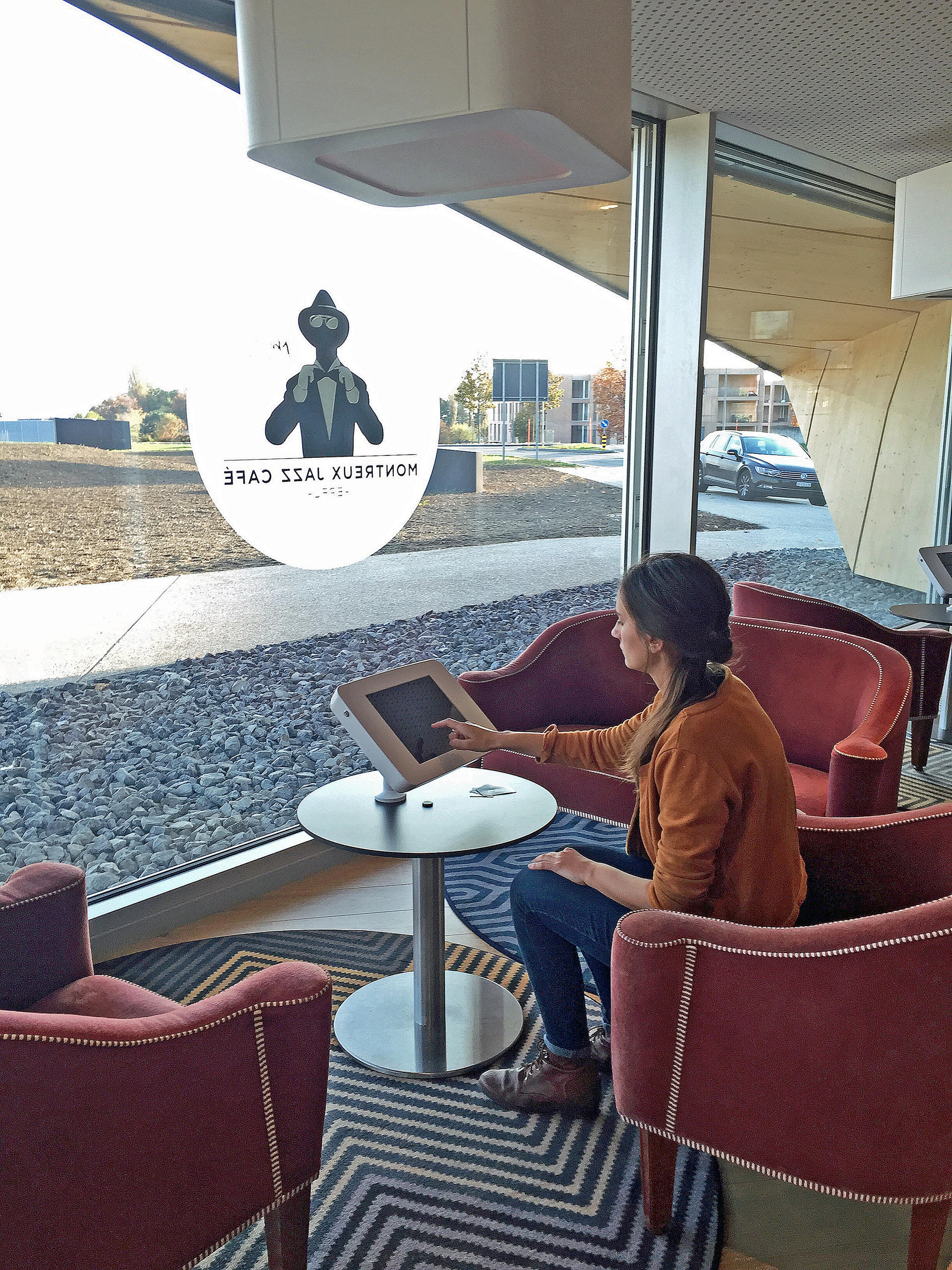
At the back of the Montreux Jazz Café, a couple of low tables have been set up as private listening zones External linkwith iPads for visitors to navigate the archives.
Researchers are making use of the archive material in a multitude of other ways. These range from software that creates smart playlists according to a listener’s mood and can remix instruments from the original festival recordings.
Other teams have built audio algorithms that can automatically scan songs for applause or solos, which can be isolated and extracted, or others that can correct video and audio defects like pops and cuts on older recordings.
A team has also designed a thin, lightweight movable soundproof wall, named ‘Sound Relief’. Fitted with mini speakers, this partition can actively measure noise and absorb or diffuse sound and serve as an acoustic barrier between different spaces. Beyond bars and nightclubs, future applications of the wall are foreseen in cars, aircrafts and boats.
And with the EPFL expanding into digital humanities, there are projects in neuroscience, musicology and social sciences, which are queuing up to use the archive, explained Alain Dufaux, director of operations and development at the EPFL Metamedia CentreExternal link, which oversees the digital project.
EPFL has been overseeing the digitalisation of the recordings since 2011. In all, over 11,000 hours of video and 6,000 hours of audio from 5,000 concerts have been collected and transferred from 14,000 tapes in 18 different formats. And the process continues. Since 2014, all concerts are archived live. This summer they filmed 28 concerts using 360-degree video and 3D audio.

Up to now music fans wanting to catch a band in Montreux have either had to buy pricey concert tickets or a “Live at Montreux” DVD or CD, or visit one of the seven Montreux Jazz Cafes around the world. But owing to artists’ rights the concert footage shown in the existing cafes has been limited – 14% of the entire archive.
Montreux Sounds, a firm Nobs created in 1995 to manage the collection, owns the tapes, but most of the rights remain with the musicians. Under the Montreux Jazz contracts, the archives can be shown in the Montreux Jazz Cafés, but they can also be exploited for educational and research purposes.
And thanks to this specific clause, it means that with the launch of the experimental Montreux Jazz Café on the EPFL university campus, the archive has been prised wide open and most of the music will be available to the public in Lausanne.
Tell us about your most memorable Montreux Jazz concert? Share your experience in the comments section below or on our Facebook page!

In compliance with the JTI standards
More: SWI swissinfo.ch certified by the Journalism Trust Initiative



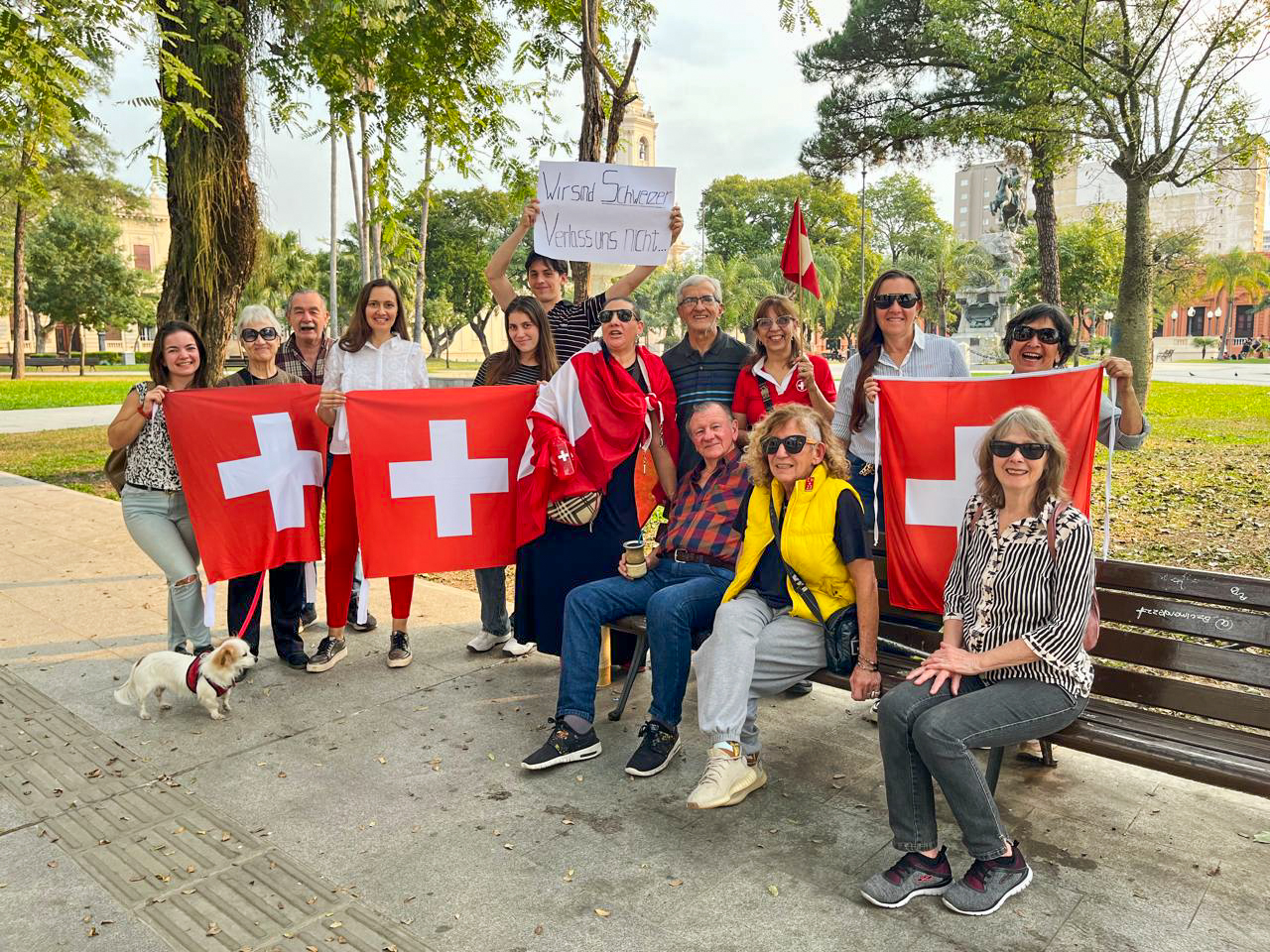
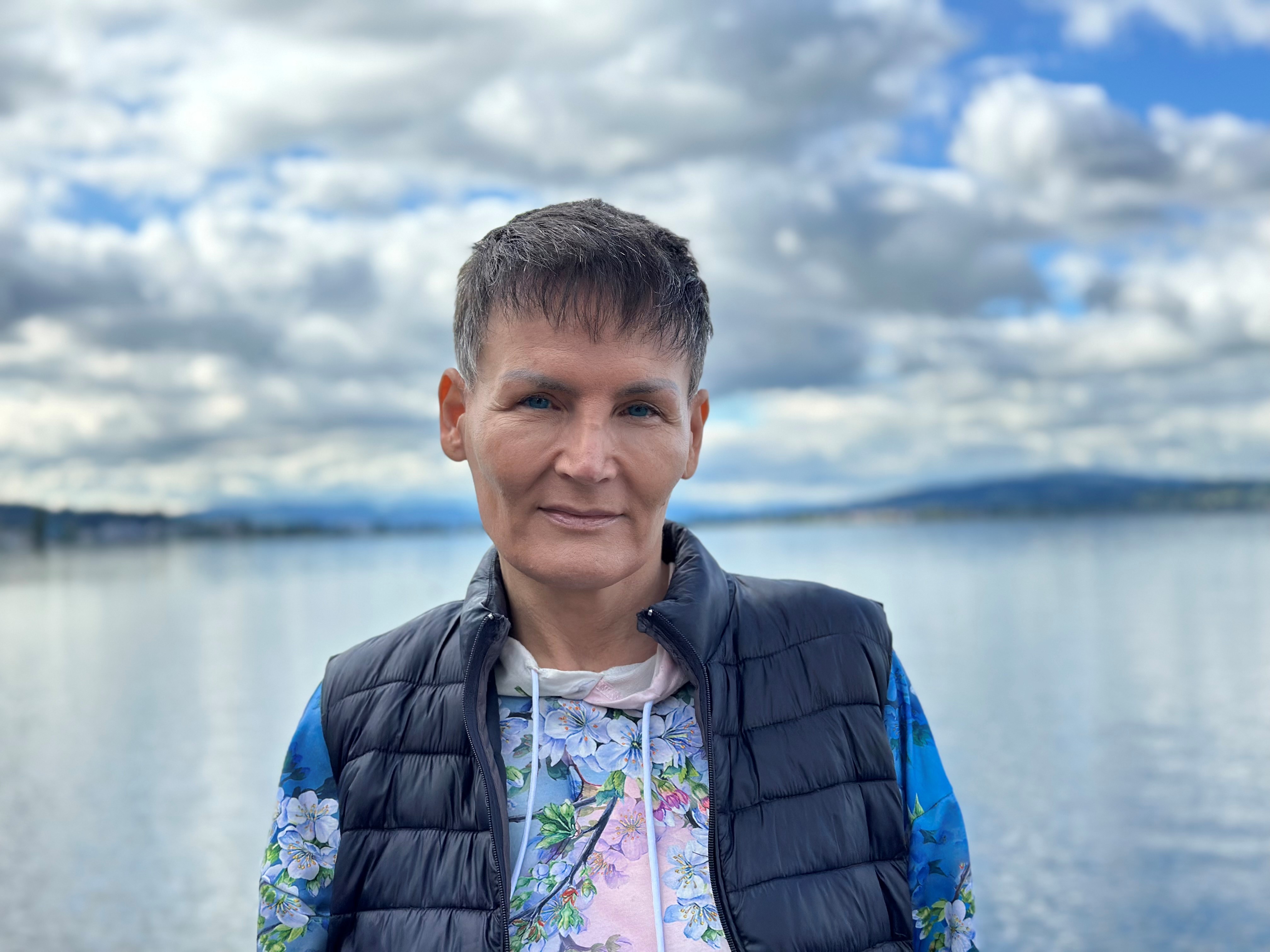

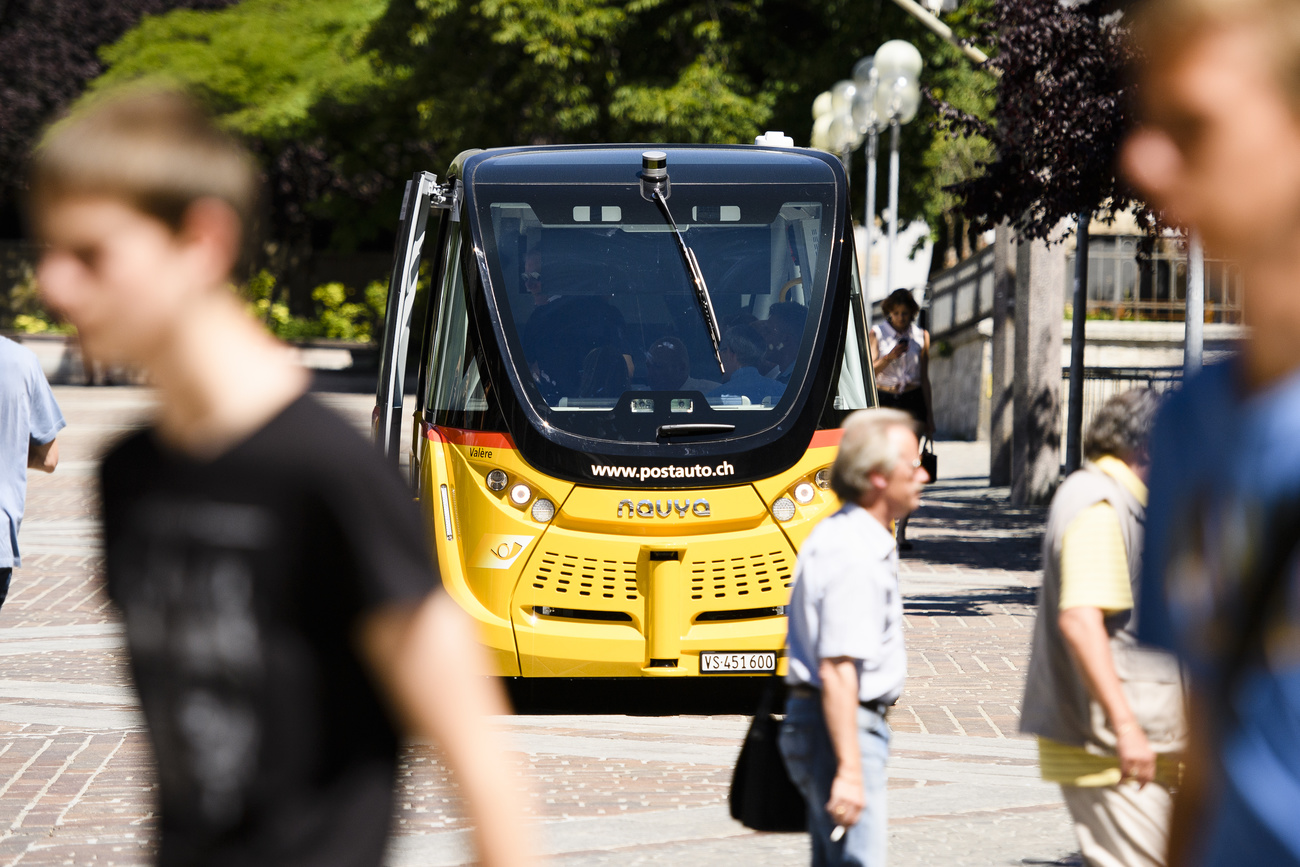







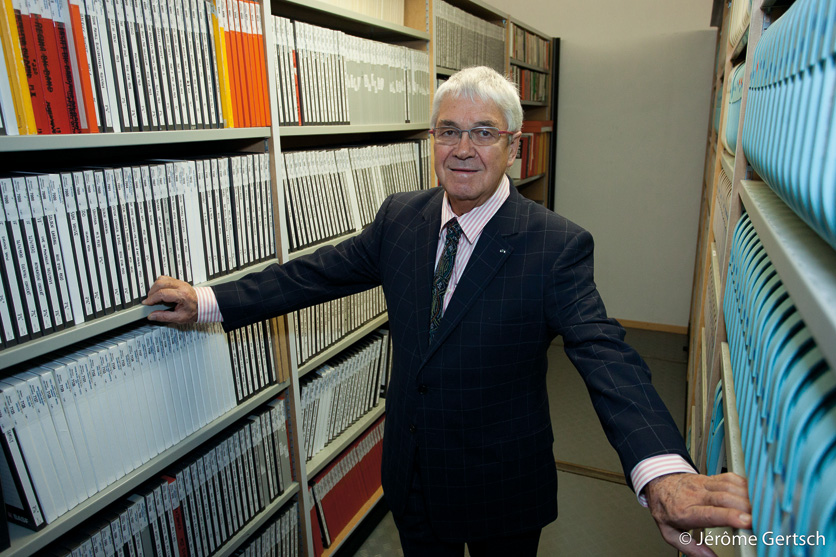
You can find an overview of ongoing debates with our journalists here . Please join us!
If you want to start a conversation about a topic raised in this article or want to report factual errors, email us at english@swissinfo.ch.